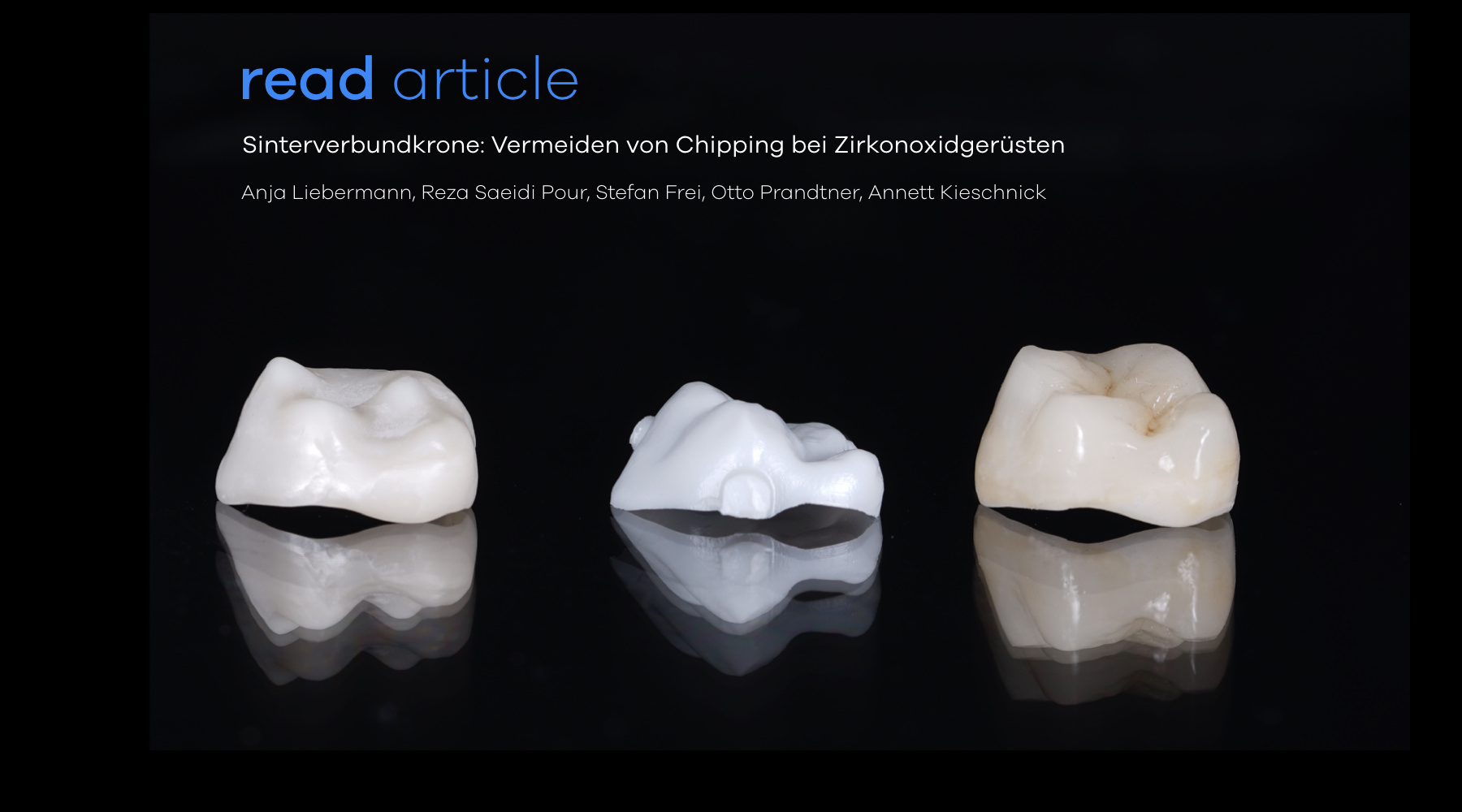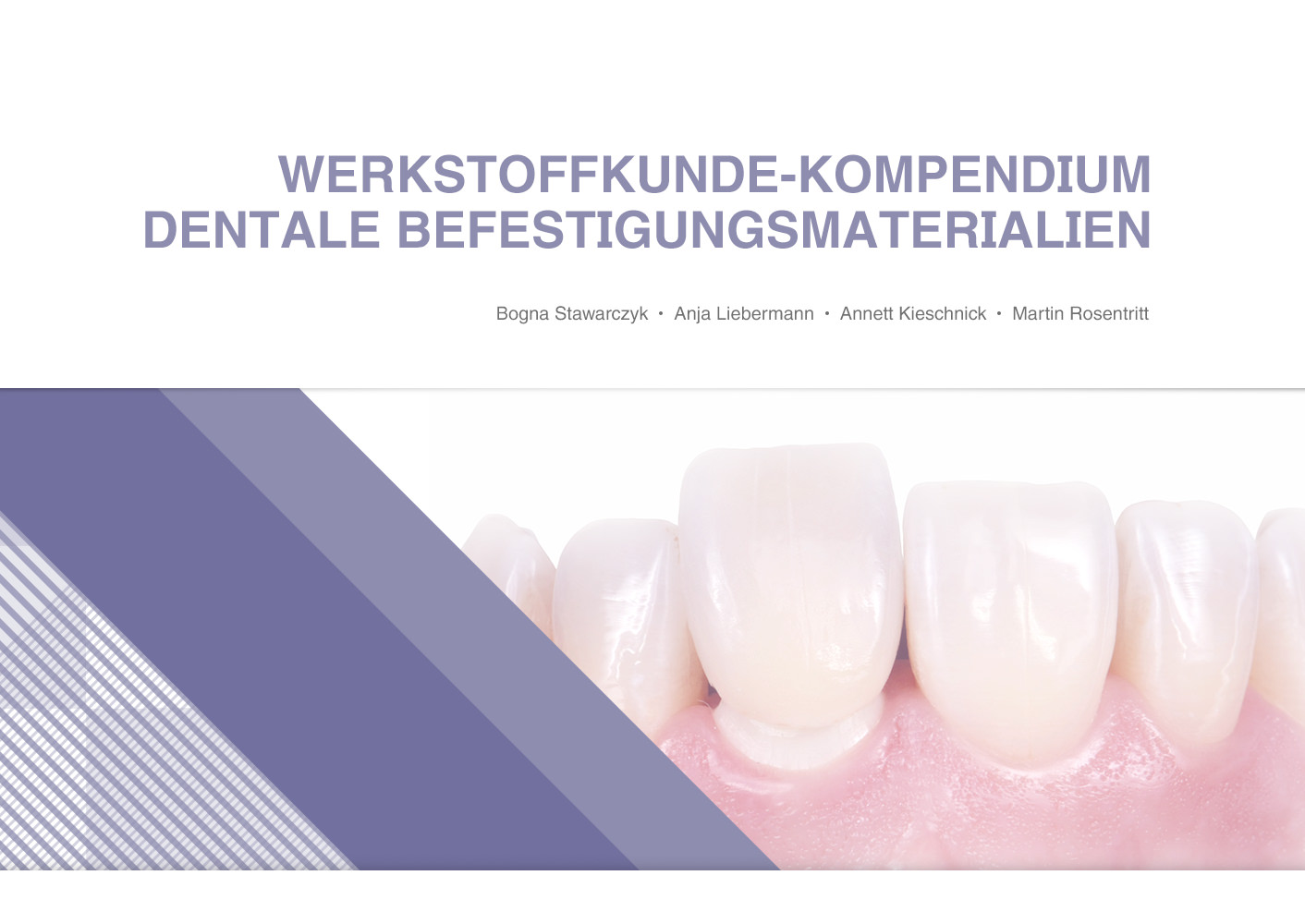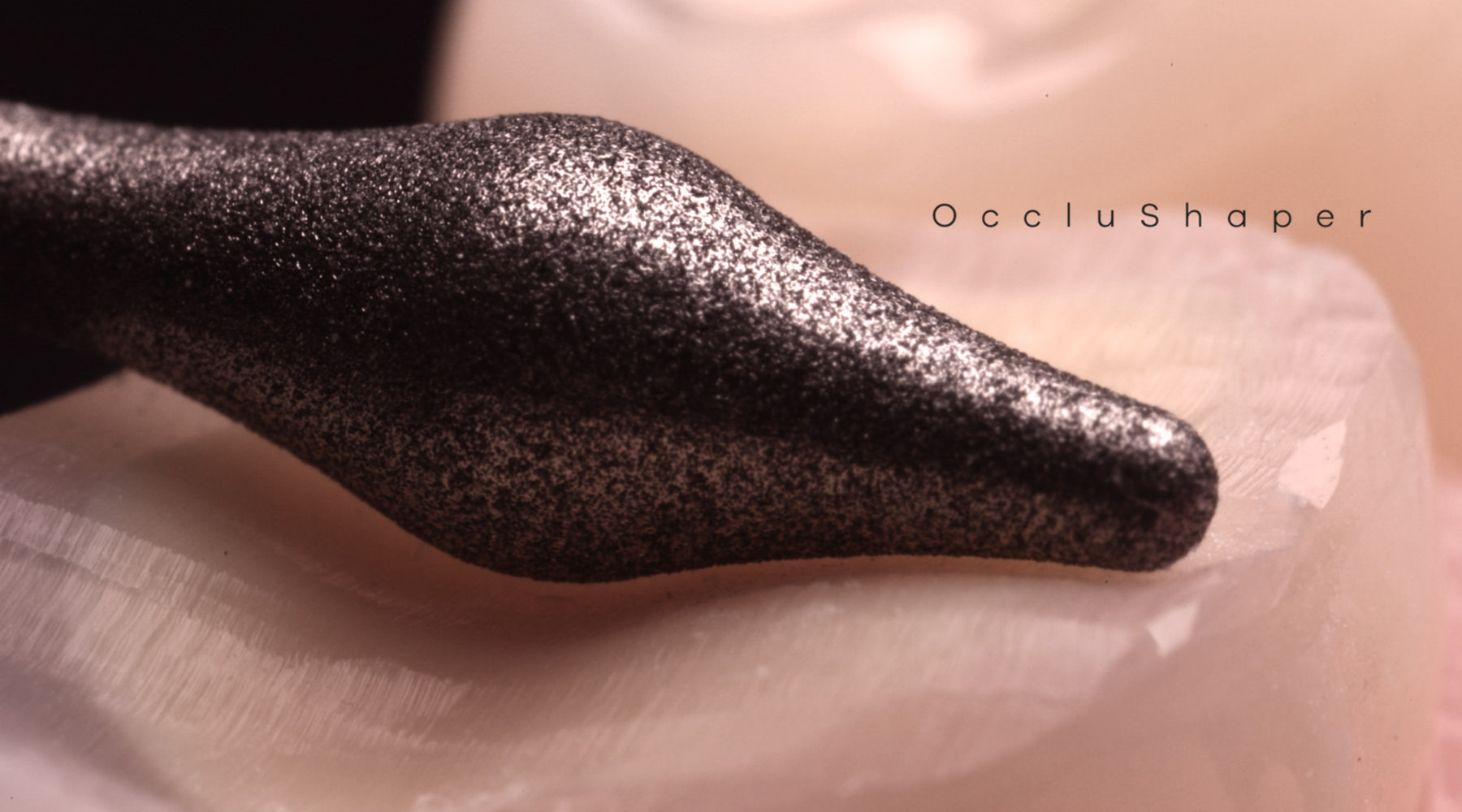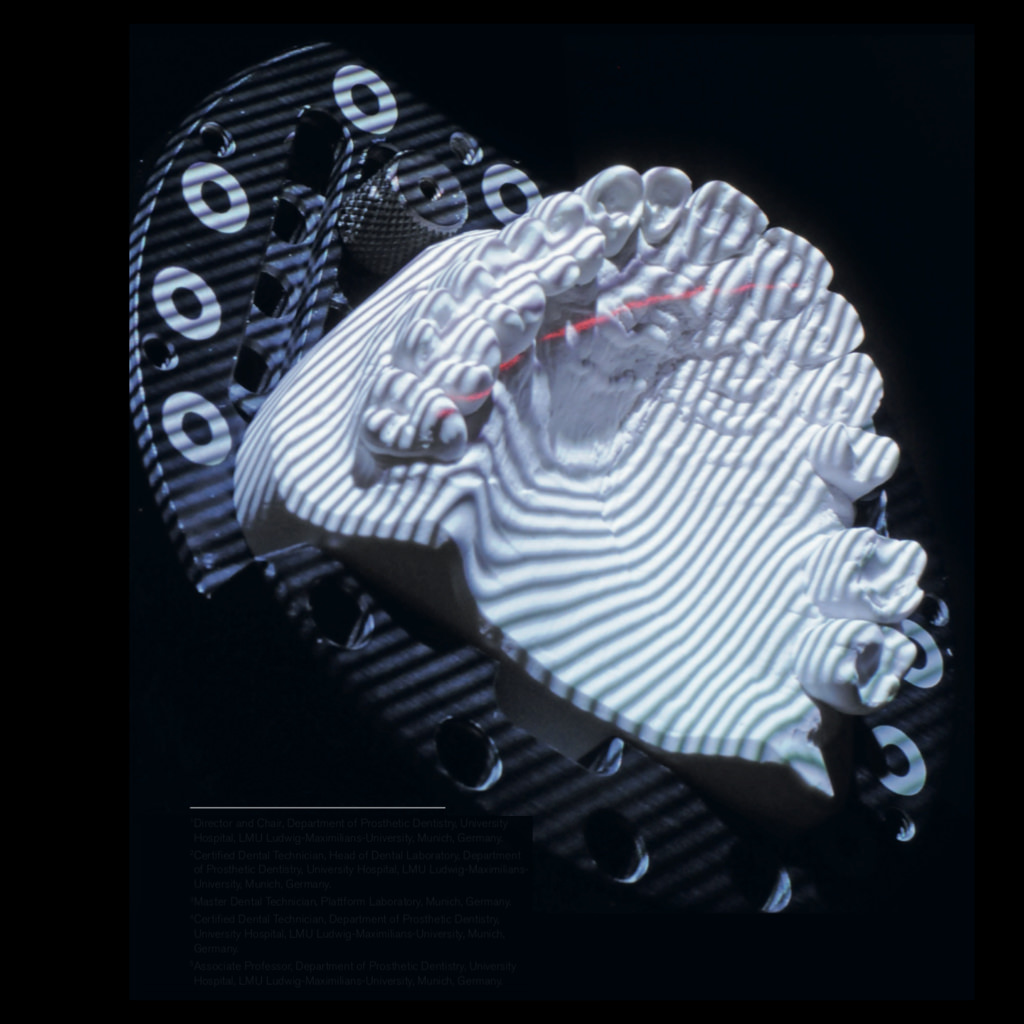
Chipping bei Zirkonoxid-Gerüsten: Die sogenannten Abplatzungen der Verblendkeramik sind häufige Komplikationen bei vollkeramischen Restaurationen mit Zirkonoxid-Gerüsten. Bei größeren Abplatzungen kann der Austausch der betroffenen Restauration notwendig sein. Die digitale Verblendung bietet hier neue
Chipping of zirconia frameworks: The so-called chipping of the veneering ceramic is a frequent complication in all-ceramic restorations with zirconia frameworks. In case of larger chipping, it may be necessary to replace the affected restoration. Digital veneering offers new possibilities here. The digitally created veneer is, for example, combined with the framework using a sintered composite technique.
Zirconia and the risk of chipping
Zirconia – stabilized with 3 mol% Yttrium (3Y-TZP) – offers high mechanical properties and excellent biocompatibility. However, the material also has limitations. In many cases, the opaque appearance means that ceramic veneers are necessary and therefore there is a risk of chipping of the ceramic veneer. Chipping in zirconia frameworks is usually caused by
- a discrepancy in the coefficients of thermal expansion between the veneer ceramic and zirconium oxide,
- faulty firing parameters,
- incorrect framework design or
- a low bending strength of the veneering ceramic (approx. 120 MPa).
Various techniques for veneering with ceramic are described to avoid this. These include:
- manual Veneers using powder-liquid,
- Overpress technique,
- Sinter composite technology and
- adhesive bonding.
Complete paper in cooperation with the EADT (Available in german)


